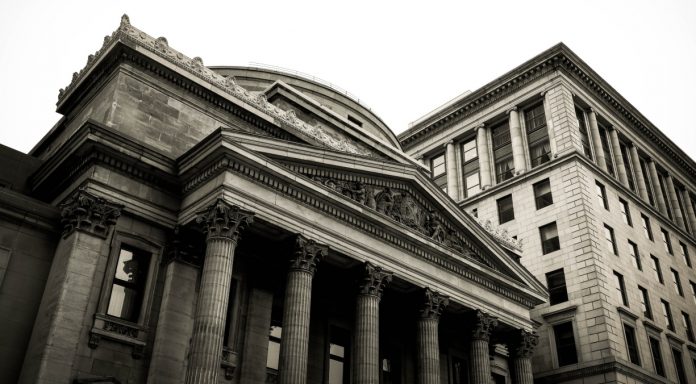- Pound (GBP) is falling for a second day
- The market sees a 50% chance of a rate cut next week
- Euro (EUR) rises despite concerns over the sluggish economy
- Eurozone inflation and GDP data is due next week
The Pound Euro (GBP/EUR) exchange rate is falling for a second straight day. The pair fell 0.48% in the previous session, settling on Thursday at €1.1846 and trading in a range between €1.1846 and €1.1917. At 14:00 UTC, GBP/EUR trades -0.07% at €1.1842. The pair is set to fall 0.2% across the week.
The pound is falling on Friday after booking losses the previous day, and the currency is set to fall for a second straight week.
The market has been volatile this week, as risk sentiment has taken a hit, bringing riskier currencies such as the lower.
The pound has brushed off news the UK government set out the next leg of its post-Brexit shakeup of the City. The move is to attract more investment by making it cheaper and easier for companies to tap shareholder funds.
Meanwhile, attention is now turning towards next week’s Bank of England interest rate decision while the market is weighing the likelihood of an interest rate cut.
The market is pricing in a 50/50 probability that policy makers will reduce interest rates for the first time since 2020 when they meet on Thursday.
It’s been difficult for the market to gauge policymakers’ moves, given that most have not spoken publicly for more than two months owing to the blackout surrounding the UK election.
The rate decision comes as inflation has eased to 2% annually, and after the Bank of England described the previous decision as finely balanced.
The euro is holding steady amid a quiet day on the economic calendar.
The euro has managed to gain ground this week despite rising concerns over the region’s sluggish economic recovery.
PMI figures this week showed that the eurozone economy stalled in July due to significant weakness in the German manufacturing sector.
Attention is now turning to next week’s eurozone GDP and inflation data. Signs of cooling growth and inflation could be accompanied by expectations that the ECB will cut rates again in September.





